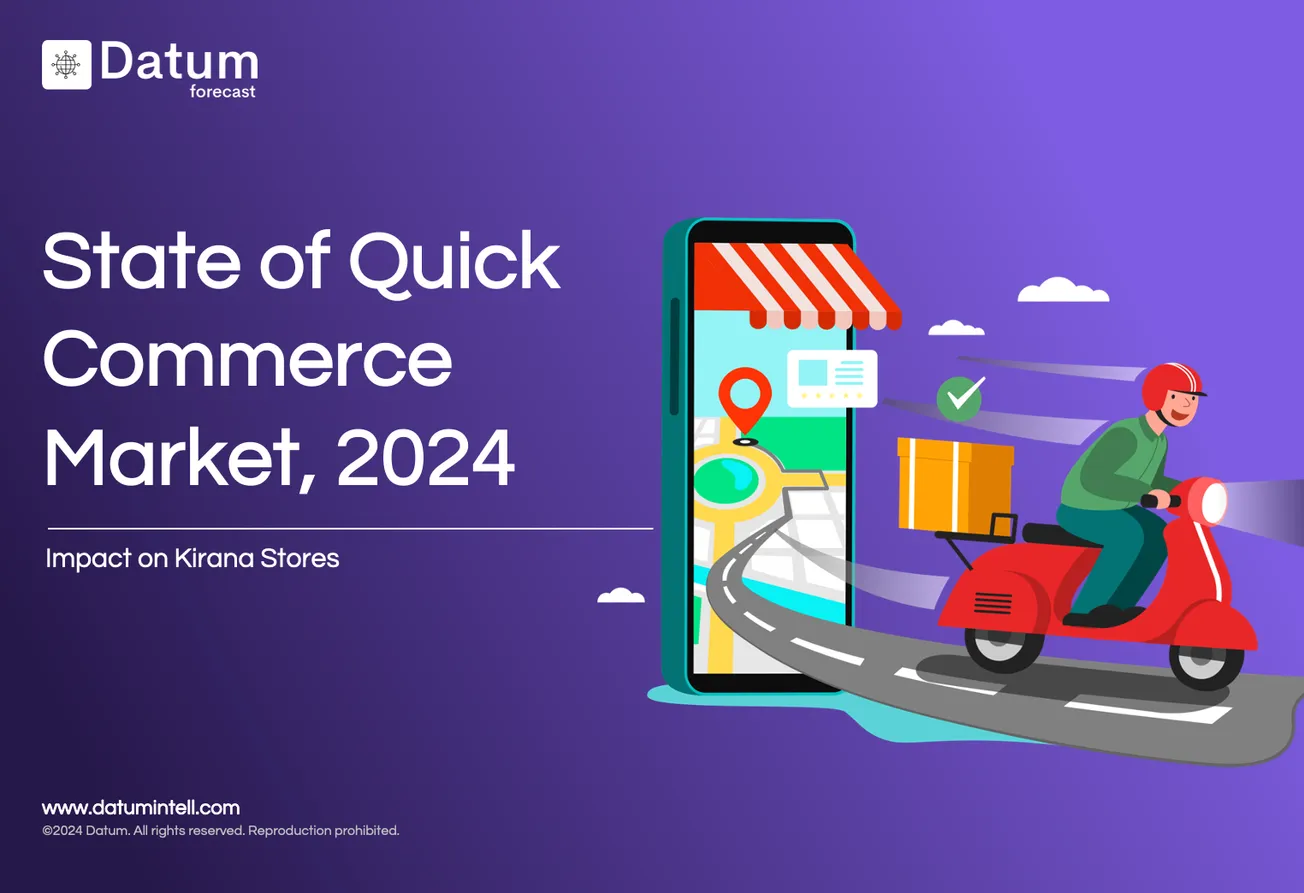Table of Contents
As the festival season approaches, customers will be enthusiastic about shopping for their favourite brands. However, one challenge many brands will encounter is managing customer returns. What are the top 7 strategies to minimize returns on Amazon or any other platform?
Returns on marketplaces are a key concern for sellers, as the process can be complex and time-consuming. Sellers must often deal with different policies and procedures for each marketplace, and they may also be responsible for covering return shipping costs. As a result, managing returns on marketplaces is a major operational challenge for sellers.
Top Strategies for Reducing Returns on Amazon
- Comprehensive Product Descriptions for Minimizing Amazon Returns. Provide a detailed product description that goes beyond what photos can convey. A thorough description is essential because it helps prevent misinformed purchases. Ensure your description covers every aspect of the product, including dimensions, colour choices, and materials used. When customers have all the information they need, they're less likely to return the item upon delivery. Incorporate crucial details into your product title for easy access.
- Incorporate Product Videos for Effective Marketing. Videos serve as powerful marketing assets, especially in the absence of face-to-face sales opportunities. A well-crafted product video can bridge this gap by enhancing customer understanding and aiding informed decision-making. It condenses your product's visuals and descriptions into an easily accessible visual format, addressing the sensory challenges often faced by online shoppers. It's worth noting that the option to include videos and enriched visual content is available exclusively to Amazon brand-registered sellers.
- Enhancing Your Packaging for Better Customer Satisfaction. The shopping experience doesn't conclude with a purchase in the online world. The way you package your products plays a pivotal role in boosting your sales. Packaging isn't solely about mastering the art of packing; it also involves ensuring that the correct products are placed in those packages from the outset. Prioritize double-checking your orders to guarantee that customers receive precisely what they ordered. Sending the wrong item can significantly impact a customer's perception of your online store. When you're in the process of packaging your products, it's essential to adhere to Amazon's packaging guidelines. This practice helps prevent damage during transit and, consequently, reduces the likelihood of returns due to damaged goods.
- Punctual Shipping and Delivery. Customers often have deadlines in mind. For instance, they might be buying a birthday gift, which means waiting for the product isn't an option. Once you receive an order, it's crucial to send out the product promptly, without delay. While certain logistical issues might be beyond your control, you have the power to ensure timely dispatch of orders. Late deliveries can result in product returns, which can harm your seller reputation unnecessarily. It's worth noting that for FBA (Fulfilment by Amazon) sellers, Amazon handles the shipping process, leaving you with the responsibility of monitoring your inventory.
- Provide Quick Customer Support. Amazon's customer-focused return policies sometimes mean sellers have to accept returns. However, when a product is returned, it's a chance for sellers to learn from any issues. It's crucial for sellers to address customer concerns promptly and offer a way for customers to share their feedback. Responding quickly can ease a customer's worries and build trust in your brand. A positive customer experience often results in more purchases and fewer returns on Amazon
- Collect Past Amazon Return Info. As a business owner, you understand the importance of data in making smart decisions. Just like data about market trends helps with managing inventory and pricing, data about product returns can enhance your product quality and customer service.
Here are some important details to gather:
1. Which products get returned frequently?
2. What are the reasons customers give for returns?
3. Are there specific seasons or months with higher return rates?
4. Who are the usual customers requesting returns?
You can also use this information to identify customers more likely to request returns, allowing you to be cautious with promotions and discounts to prevent potential return fraud. This way, you can turn return challenges into advantages for your business."
7. Collect Past Amazon Return Info. Make it easy for customers to return products. Setting strict return deadlines and complicated return steps can frustrate customers and make them return items in a hurry. To earn trust, offer a customer-friendly return policy that meets their needs. When a customer returns a product, it shouldn't mean the end of your relationship with them. Whether you run a regular online store or a subscription service on Amazon, providing a great return experience can help you build lasting bonds with your customers.








